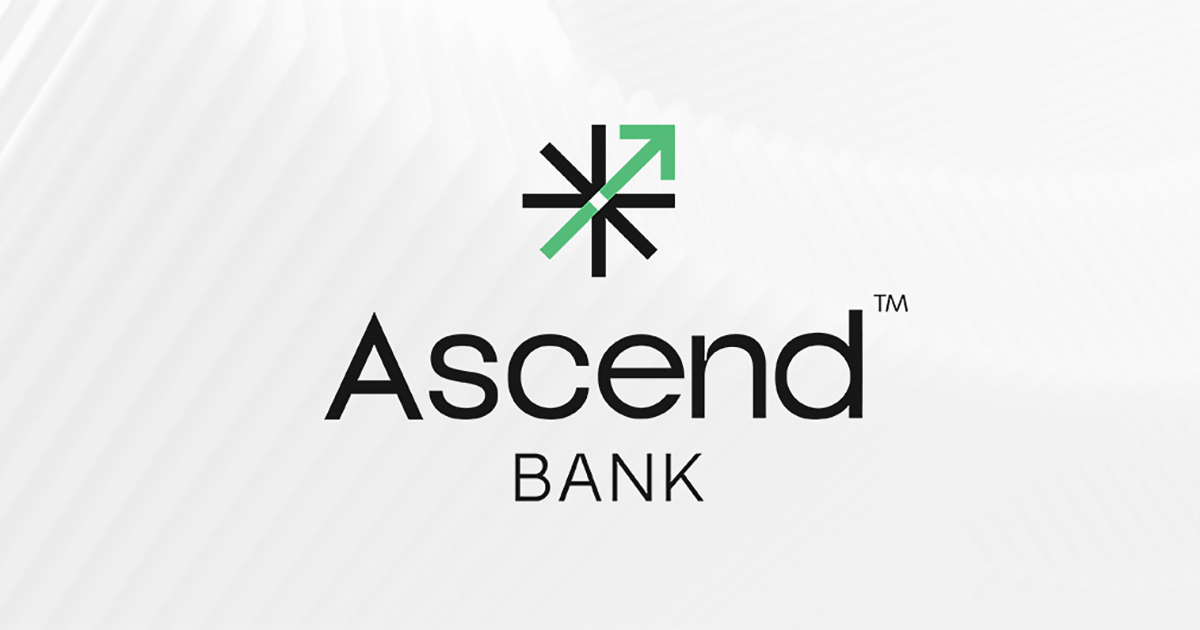
A Guide to Understanding and Accessing Working Capital Lines of Credit
In the world of business, managing cash flow can be a complicated juggle. Whether you’re a seasoned entrepreneur or running a start-up, having access to quick and efficient funding can make or break your operation. Enter the working capital lines of credit—a flexible financial tool designed to help businesses manage their day-to-day operations with ease.
What is a Working Capital Line of Credit?
A working capital line of credit is a revolving loan designed to finance the short-term operational needs of a business. Unlike traditional business loans, which are often used for long-term investments or large capital expenses, working capital lines of credit provide the financial elasticity to manage everyday expenses like payroll, inventory, and other immediate operational costs.
Think of it as a financial safety net, giving you the ability to access funds when cash flow is tight, but without the need to apply for a new loan each time an urgent expense arises. The best part? You only pay interest on the amount you actually use, making it a cost-effective funding solution.
Why Businesses Need Working Capital
Before diving into how to access working capital lines of credit, it’s important to understand why it’s critical to have working capital in the first place. Here are a few reasons:
- Cash Flow Management: Maintaining a steady cash flow is essential for day-to-day operations. Working capital ensures that you can cover short-term liabilities and operating costs seamlessly.
- Seizing Opportunities: Business opportunities often come unannounced. Whether it’s a sudden bulk purchase deal or a lucrative marketing opportunity, having immediate funds at your disposal can set you apart from competitors.
- Seasonal Fluctuations: Many businesses face seasonal variations in sales. Working capital can help you navigate through the off-season without sacrificing operational efficiency.
- Emergency Funds: Unexpected expenses are a part of running a business. Working capital can serve as an emergency cushion to absorb financial shocks without derailing your business operations.
Types of Working Capital Lines of Credit
When it comes to working capital lines of credit, there’s no one-size-fits-all. Different businesses have different needs, and several types of credit lines cater to these diverse requirements. Some of the most common types are:
- Secured Line of Credit: This requires you to offer assets as collateral, such as inventory, accounts receivable, or property. The collateral reduces the lender’s risk, often resulting in lower interest rates.
- Unsecured Line of Credit: As the name suggests, this doesn’t require collateral. However, due to the increased risk for lenders, the interest rates may be higher, and the credit limits lower.
- Short-term Line of Credit: Ideal for businesses looking to cover immediate, short-term needs, this type offers smaller amounts and shorter repayment periods.
- Revolving Line of Credit: This flexible option allows you to borrow, repay, and borrow again up to a set credit limit.
How to Access a Working Capital Line of Credit
Securing a working capital line of credit involves several steps, often starting with thorough preparation and research. Here is a detailed guide to help you through the process:
Step 1: Assess Your Needs
Before approaching any lender, it’s imperative to have a clear understanding of why you need the credit. Are you looking to manage seasonal cash flow gaps, fund a specific project, or build a financial cushion? Quantifying your needs will help you determine how much credit to apply for and which type of line of credit suits you best.
Step 2: Evaluate Your Financial Health
Lenders will scrutinize your financial records to assess risk. Ensure your financial statements, including income statements, balance sheets, and cash flow statements, are accurate and up-to-date. A healthy credit score significantly boosts your chances of securing favorable terms. Think of it as showing up to a job interview well-dressed and armed with a pristine resume.
Step 3: Compare Lenders
Different lenders offer varying terms, interest rates, and credit limits. Shop around and compare multiple offers from various institutions. Leverage business banking industry reviews, ratings, and recommendations to shortlist potential lenders.
Step 4: Prepare Your Documentation
Having the right documents ready can streamline the application process. Commonly required documents include:
- Business Plan: A detailed overview of your business operations, target market, competitive landscape, and growth strategy.
- Financial Statements: Profit and loss statements, balance sheets, cash flow statements, personal financial statements and personal tax returns.
- Tax Returns: Business tax returns for the last two to three years.
- Credit Reports: Both personal and business credit reports.
Step 5: Submit Your Application
Carefully fill out the application forms provided by your chosen lender, attaching all required documentation. Double-check for any errors or omissions that could delay the approval process.
Step 6: Negotiate Terms
If your application is approved, review the offer carefully. Pay attention to interest rates, repayment terms, fees, and any covenants that may affect your business.
Step 7: Utilize and Manage the Credit
Once the line of credit is open, draw funds as needed. Effective management is crucial—use the funds responsibly, keep track of your repayments, and ensure you don’t exceed your credit limit to avoid penalties. Treat it like a credit card with superpowers—with great power, comes great responsibility!
Benefits of Working Capital Lines of Credit
- Flexibility: One of the most prominent advantages is the flexibility it offers. Unlike term loans with fixed repayments and schedules, working capital lines of credit allow you to borrow and repay funds as your business needs change.
- Interest on Used Amount Only: With a working capital line of credit, you’re only charged interest on the amount you actually draw, rather than the entire credit limit, which can lead to significant cost savings vs. other loan types.
- Improvement of Business Credit: Responsible use of a working capital line of credit can bolster your business credit score. Timely repayments and prudent use of the credit can make future borrowing easier and cheaper.
- Quick Access to Funds: Having an established line of credit means you can access funds almost immediately, rather than waiting weeks for a traditional loan to be approved. This immediate access is invaluable in times of emergency or when rapid action is required.
Drawbacks to Consider
- Higher Interest Rates for Unsecured Credit: While unsecured lines of credit offer the convenience of not needing collateral, they usually come with higher interest rates, making them more expensive in the long run.
- Risk of Over-Borrowing: The ease of access to funds can also be a double-edged sword. Without careful management, there’s a risk of over-borrowing, leading to a cycle of debt that’s hard to escape.
- Fees and Penalties: Make sure to read the fine print. Many lenders impose fees for drawdowns, late payments, or exceeding credit limits. Hidden fees can add up and strain your financial resources. Credit lines also typically must be paid down to zero for a minimum of 30 consecutive days each year so keep that in mind.
Understanding and accessing working capital lines of credit can be a game-changer for your business. Whether you need to smooth out cash flow fluctuations, seize new opportunities, or cover unexpected expenses, a line of credit provides the flexibility and security you need to focus on what really matters—growing your business.
So, take the time to assess your needs, evaluate your options, and choose a solution that aligns with your business goals. With the right preparation and approach, a working capital line of credit can become a valuable financial tool.
By keeping a close eye on your cash flow, being diligent with your repayments, and using your working capital wisely, you’ll be well on your way to financial stability and business success.



